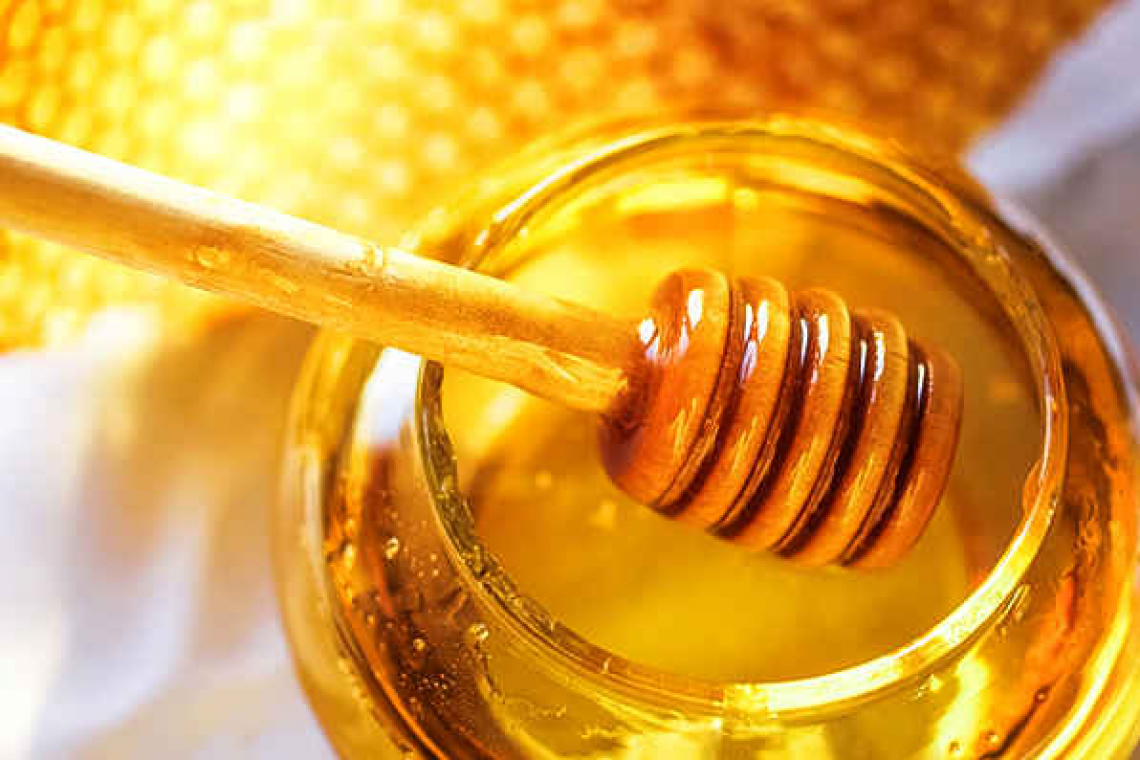By Colin Michie
In the 1950’s, the MK-Ultra group of the Central Intelligence Agency, specialising in biological weapons, suggested poisoning Fidel Castro with botulinum toxin in his cigars! During the Gulf War, it was thought that Iraq may have stored this toxin for military purposes. The doomsday cult Aum Shinrikyo tried, unsuccessfully, to make botulinum toxin to kill Japanese citizens.
Botulinum toxins are a family of potent molecules including the world’s most lethal toxin. A tiny dose of 2 nanograms, or 2 millionths of a milligram, of type H botulinum toxin will kill an adult. The toxins are made by soil bacteria, mostly Clostridia. These bacteria and their resistant spores are widespread and are found in the average home on floors and carpets – even after cleaning. They cause outbreaks of food poisoning, sometimes in relation to homemade foods, such as dried meats, occasionally in illicit “pruno” drinks brewed in prisons. Historically, botulism was thought to be a form of witchcraft until Justinus Kerner, a German physician poet, reported in 1820 that spoiled smoked sausages were at the centre of many local outbreaks. He applied these on himself and observed effects he thought were the result of damage to the nerves.
A century later following botulism outbreaks caused by canned food, the American Botulinum Commission helped establish several pillars of food safety. Botulism is now rare: each year in the USA, about a hundred cases are reported in infants, a similar number in adults. Concerns about botulism in infants have generated international guidance to avoid giving honey or corn syrup to those under a year of age – these foods can contain botulinum spores. Adult cases most frequently follow food poisoning or wound infection. These develop in those who self-inject with black tar heroin, or from nasal damage related to cocaine. Outbreaks are seen by zoologists too and have been found in groups of birds who encounter the toxin in the food chain in the wild. Poisoning typically blocks muscle functions, in severe cases stopping respiration.
In some situations, these toxins have been tamed. As of 2013, the most common cosmetic procedure performed in the USA is the injection of botulinum toxin, most frequently for “crow’s feet” and facial worry lines. The global market for these procedures continues to grow into many billions of dollars. An almost irresistible Colombian advertisement currently describes that after about an hour in a clinic in Cartagena, you can look great, taking on a smoother, fresher and more youthful appearance! Medical uses of the toxins have escalated because they are safe tools to manipulate our nervous systems. These extreme toxins bind with high precision to regulate messengers in specific nerve cells. This binding can persist, allowing the toxin to block nerve transmissions to muscles, or other nerves, sometimes for three or four months.
Hyperactive muscles can be relaxed using botulinum toxins. In the late 1960s, they were used to treat squints; its value for managing other muscle spasms outside the eye has evolved. Hyperactive muscles are the most common cause of disability following stroke. Muscle spasms limit the movements of those with cerebral palsy. Treatment of these conditions now often includes the use of botulinum toxin injections. Tremors, tics, chronic pain and conditions, such as severe muscle cramps, may all be amenable to blocking the nerve impulses that drive these troublesome conditions. Botulinum toxin can treat skin flushing such as is experienced by those with roseacea; it is being tested in the management of erectile dysfunction because it can influence the filling of blood vessels. Smooth muscles may be treated too, allowing new treatments for some cases of bladder incontinence. Bladder pain and inflammation has been found to respond to these toxins. Toxin molecules packaged in minute spheres of lipid make it possible to treat the bladder through a catheter rather than by injection.
Botulinum toxins reduce muscle spasms that slow healing after trauma, as in painful surgical scars such as around the anus, or following cancer operations and radiotherapy. Wound researchers recently observed that botulinum toxins not only block nerve impulses – they reduce inflammation. Keloids or hypertrophic scars did not develop when wounds were injected with a mixture of botulinum toxin and a steroid. Pain, itching and new keloid growths were blocked. This is potentially of amazing value.
Keloid scars afflict many after trauma, surgery, acne or following cosmetic piercings and tattoos. Current treatments for keloids at present are ineffective or partially useful, so botulinum toxins might benefit many, particularly younger patients. Poisons have played many varied roles in civilisations: how they are deployed reveals our dedication to science and studies to help healing. The botulinum toxins made by soil bacteria are no exception.







